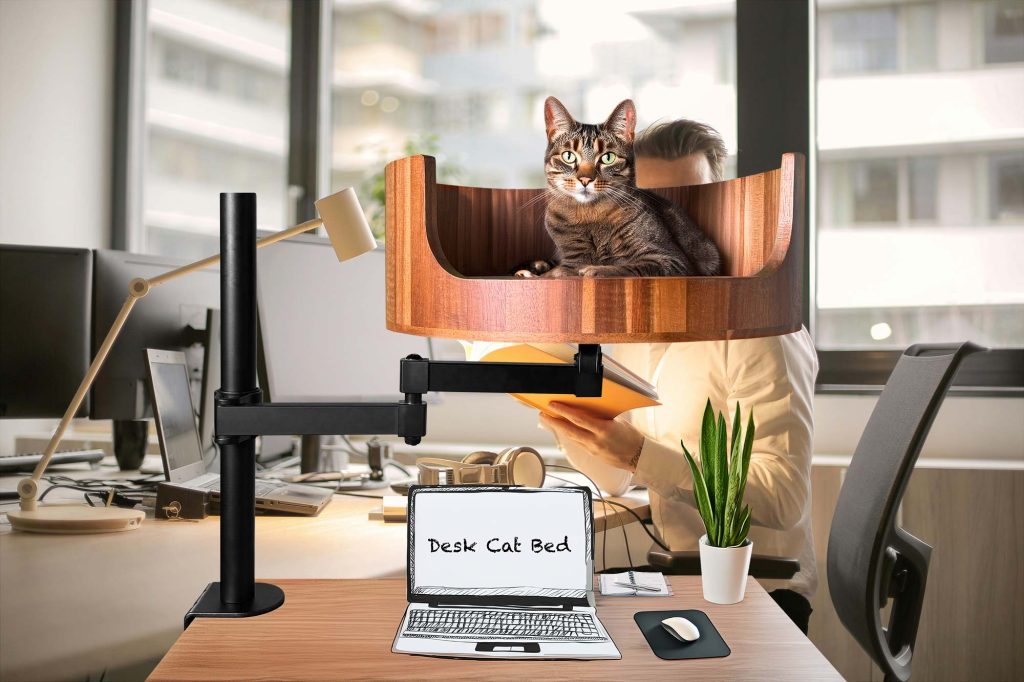If you’ve ever owned a cat, you may have noticed that they have a unique way of communicating through their tails. One of the most common behaviors that cats exhibit is tail quivering, which can be both intriguing and confusing to cat owners. In this article, we will delve into the reasons why cats quiver their tails and what it reveals about their mood and intentions.
From expressing excitement to signaling aggression, a cat’s tail can provide valuable insights into their current state of mind. Understanding this subtle form of communication can help cat owners better interpret their pet’s behavior and strengthen the bond between human and feline. Through exploring the various contexts in which cats quiver their tails, we can gain a deeper appreciation for the complexity of feline behavior and the importance of paying attention to the messages they are conveying. So if you’ve ever wondered why your furry friend’s tail starts to tremble, keep reading to uncover the secrets behind this fascinating aspect of cat behavior.
1. Cats quiver their tails as a form of communication, signaling various emotions and intentions to their owners and other animals.
2. Understanding a cat’s tail movements can help pet owners interpret their feline’s behavior more accurately and respond accordingly.
3. Tail quivering can indicate excitement, agitation, fear, or aggression, depending on the context and other body language cues.
4. It is important to observe the tail quivers in conjunction with other behaviors to grasp the full meaning behind a cat’s actions.
5. By learning to recognize and interpret tail quivering, cat owners can build stronger bonds with their pets and provide better care and support.
Understanding Cat Tail Quivering
When cats quiver their tails, it often indicates their emotional state or intentions. Tail quivering can be a sign of excitement, frustration, fear, or aggression. It is crucial for cat owners to understand the context in which their feline companions are exhibiting this behavior to properly address their needs.
Excitement and Playfulness
Cats may quiver their tails when they are excited or playful. This can often be observed during interactive play sessions with toys or other pets. The tail quivering is a sign of anticipation and eagerness, signaling that the cat is fully engaged in the activity.
Fear and Anxiety
In some cases, tail quivering can indicate fear or anxiety in cats. When faced with a threatening situation or unfamiliar stimuli, cats may display this behavior as a defense mechanism. It is essential to provide a safe and secure environment for cats to reduce their stress levels and prevent negative outcomes.
Aggression and Warning Signs
Tail quivering can also be a warning sign of potential aggression in cats. Before launching into an attack, cats may exhibit this behavior to communicate their intentions to other animals or humans. Understanding the underlying triggers for this aggression can help prevent conflicts and maintain a harmonious relationship with your cat.
Desk Cat Nest FAQ
Why do cats quiver their tails?
Cats often quiver their tails as a form of communication. It can signify excitement, anticipation, or even agitation. Pay attention to your cat’s body language and the context in which they are quivering their tail to better understand their emotions.
Is tail quivering the same as tail wagging in dogs?
While tail quivering in cats may look similar to tail wagging in dogs, the two behaviors have different meanings. Tail wagging in dogs can indicate various emotions, whereas tail quivering in cats is usually more focused and specific in its message.
Should I be concerned if my cat quivers its tail too often?
Occasional tail quivering is normal behavior for cats, but excessive or constant quivering could be a sign of underlying stress or anxiety. If you notice this behavior frequently, it may be worth consulting with a veterinarian to rule out any health issues.
Can providing a Desk Cat Nest help reduce tail quivering in cats?
A Desk Cat Nest can provide a cozy and comforting space for your feline friend, which may help alleviate stress and reduce the frequency of tail quivering. By creating a safe and secure environment for your cat, you can help promote relaxation and reduce anxiety levels.
In conclusion, the Desk Cat Bed is a valuable choice for cat owners seeking to address why their cats quiver their tails. This comfortable and cozy bed provides a secure and relaxing space for cats to rest and unwind, reducing stress and anxiety that may be causing tail quivering. With its durable construction and plush material, the Desk Cat Bed offers a luxurious retreat for your feline friends, promoting overall happiness and well-being. Invest in the Desk Cat Bed today to provide your cat with the ultimate comfort and support they deserve.


